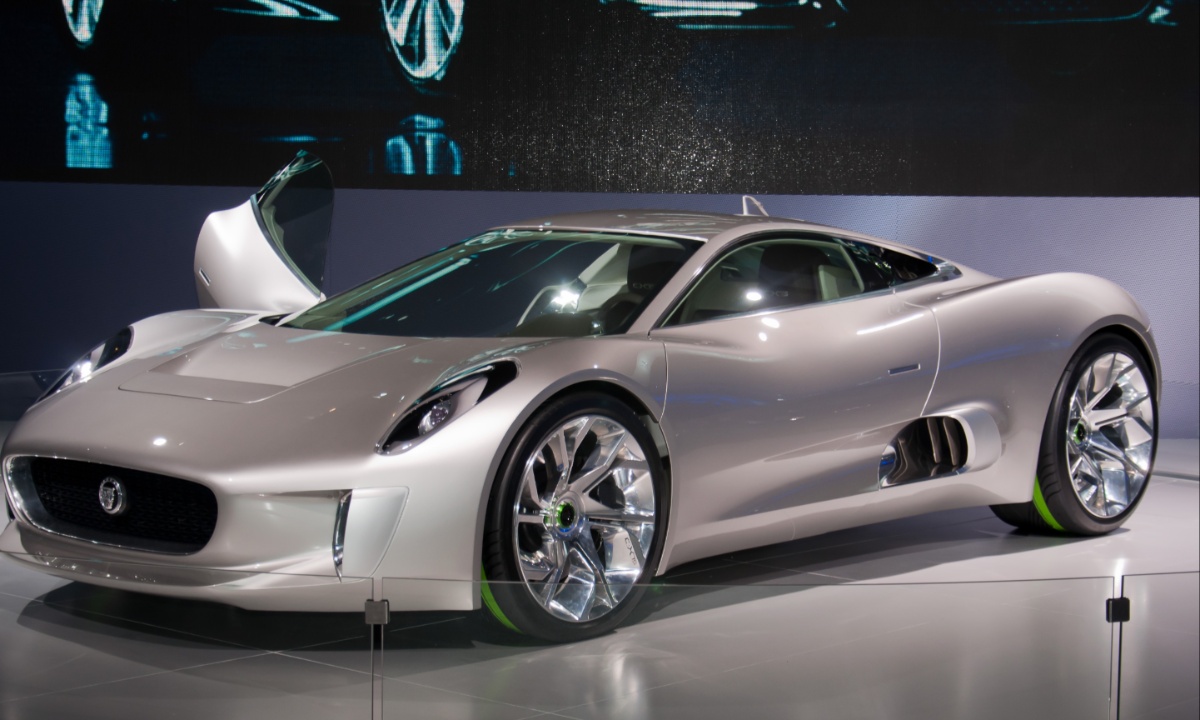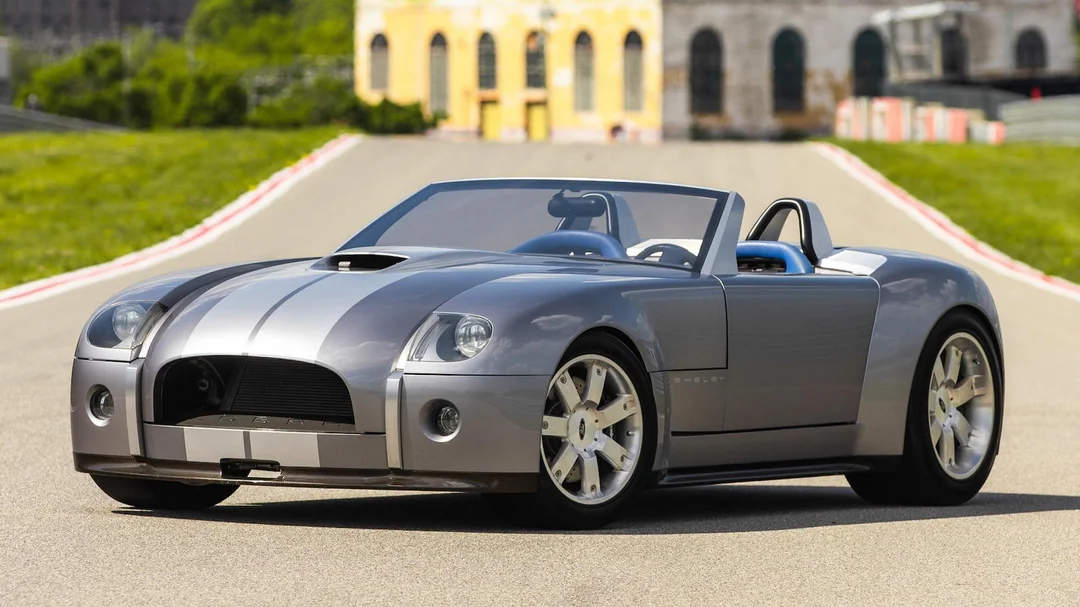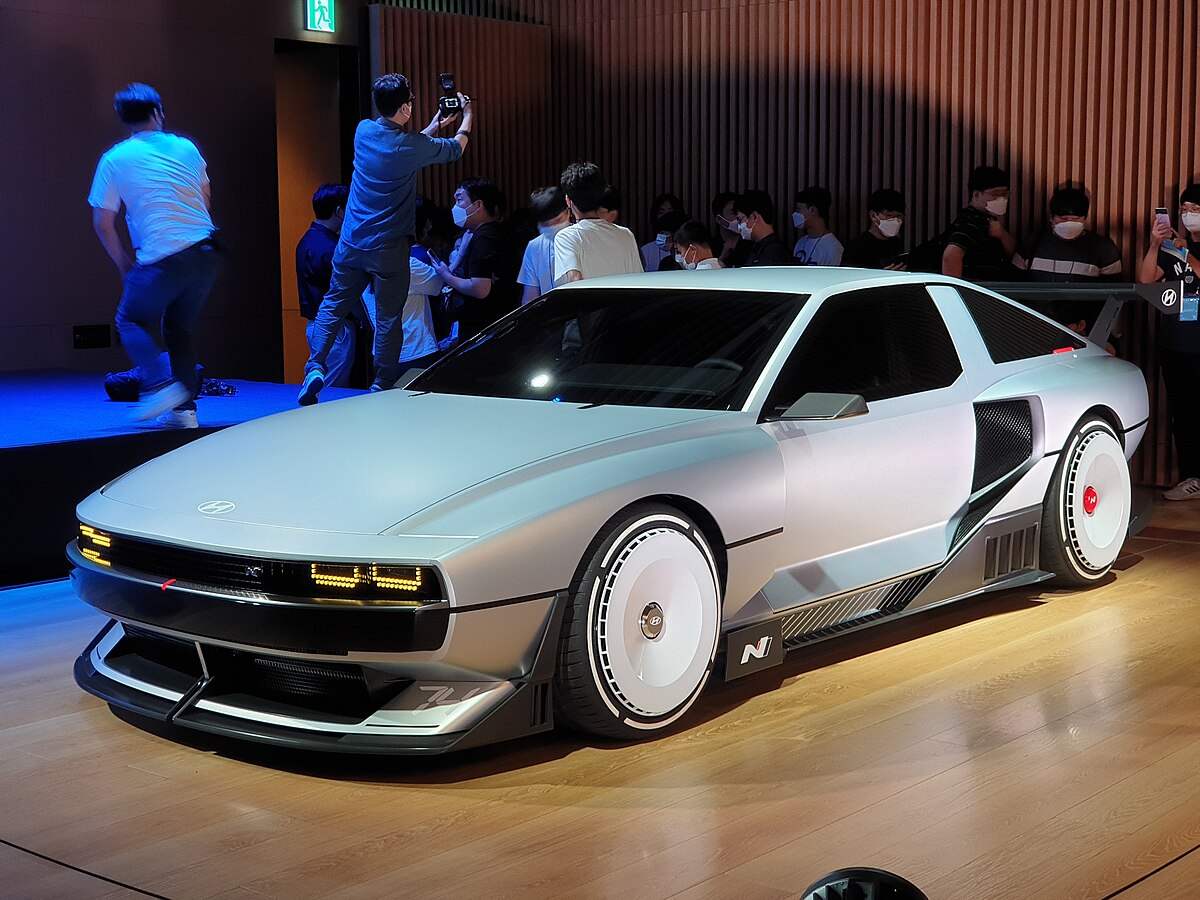From Lamborghini’s homages to its past to Ford’s futuristic visions and Hyundai’s blend of retro and innovation, these unrealized masterpieces highlight both the creative potential and the missed opportunities in automotive history. Each entry, rich in ambition and innovation, showcases what carmakers can achieve when allowed to dream—if only for a fleeting moment.
2006 Lamborghini Miura
The 2006 Lamborghini Miura concept was a retro-inspired homage to the brand’s legendary supercar from the 1960s. Designed by Walter de’Silva, the Miura concept featured proportions true to the original, with a contemporary Murcielago-based chassis and a 6.5-liter V-12 engine. Despite its stunning appearance, Lamborghini decided not to bring it to production, with CEO Stefan Winkelmann declaring the brand’s focus on the future rather than retro designs. Ironically, this decision came before the Countach LPI 800-4, another retro homage, debuted years later.

2003 Cadillac Sixteen
Symbolizing luxury and excess, the Cadillac Sixteen was a striking vision of American opulence. Powered by a colossal 16-cylinder engine with 1,000 horsepower, it exuded grandeur, featuring a leather- and wood-trimmed interior worthy of its prestigious name. Although the concept stunned audiences and drew critical praise, its enormous size and focus on luxury over practicality meant it was never meant for production, serving only as a design showcase for Cadillac’s ambitions.

2004 Chrysler ME Four-Twelve
The Chrysler ME Four-Twelve showcased supercar potential with its Mercedes-sourced 6.0-liter quad-turbo V-12 engine delivering 850 horsepower. Boasting blistering acceleration and advanced engineering, it could have rivaled the Bugatti Veyron. However, corporate competition within Daimler-Benz prevented the ME Four-Twelve from reaching production, as Mercedes-Benz saw it as a competitor to the SLR McLaren.

2010 Jaguar C-X75
Jaguar’s C-X75 nearly became the world’s first hybrid supercar, featuring a cutting-edge hybrid system with 890 horsepower. Developed with Williams Advanced Engineering, it combined turbine engines as range extenders with electric motors for jaw-dropping performance and range. While five prototypes were built, Jaguar prioritized the I-Pace EV, leaving the C-X75 as a missed opportunity in automotive history.

1995 Ford GT90
Ford’s GT90 was a futuristic supercar concept featuring angular designs and a quad-turbo V-12 engine producing 720 horsepower. Aimed at capturing the essence of the iconic GT40, it demonstrated Ford’s engineering prowess, achieving a top speed of 253 mph. However, the GT90 was created solely as a developmental prototype, never intended for mass production.

2008 Lamborghini Estoque
A departure from Lamborghini’s traditional supercars, the Estoque was a luxurious four-door coupe powered by the Gallardo’s 5.2-liter V-10 engine. It aimed to compete in the burgeoning segment of high-performance sedans. However, internal competition with the Porsche Panamera led Audi to shelve the Estoque, leaving it a tantalizing glimpse of what could have been.

2005 Ford Shelby GR-1
Inspired by the Shelby Daytona Coupe, the GR-1 featured a stunning design and a 6.4-liter V-10 engine. With a six-speed manual and 605 horsepower, it was a driver’s dream. Unfortunately, the GR-1 remained a concept, though replica builder Superformance announced plans for a limited production run in 2019.

2004 Shelby Cobra Concept
Ford’s Shelby Cobra Concept revisited the iconic American roadster, utilizing a modified Ford GT chassis and a powerful 6.4-liter V-10 engine. The design honored the original Cobra’s spirit, but economic challenges during the Great Recession stalled its development. Though it briefly appeared in popular media, it never reached mass production.

2017 Mazda Vision Coupe
Mazda’s Vision Coupe heralded a bold new design language and the promise of a rear-wheel-drive platform powered by inline-six engines. However, the project was shelved as Mazda shifted its focus to SUVs. While the Vision Coupe remains a design icon, hopes for its production version linger.

2022 Hyundai N Vision 74
Hyundai’s N Vision 74 merged retro-futuristic styling inspired by the 1974 Pony Coupe with advanced hydrogen fuel cell technology. With 671 horsepower and a design that evokes nostalgia, it caught the attention of car enthusiasts. Despite its innovative approach, Hyundai has yet to commit to turning this blend of past and future into a production model.

These remarkable concept cars, though unrealized, remain an enduring testament to innovation and imagination in automotive design. Each represents a dream deferred, fueling enthusiasts’ imaginations of what might still be possible.
